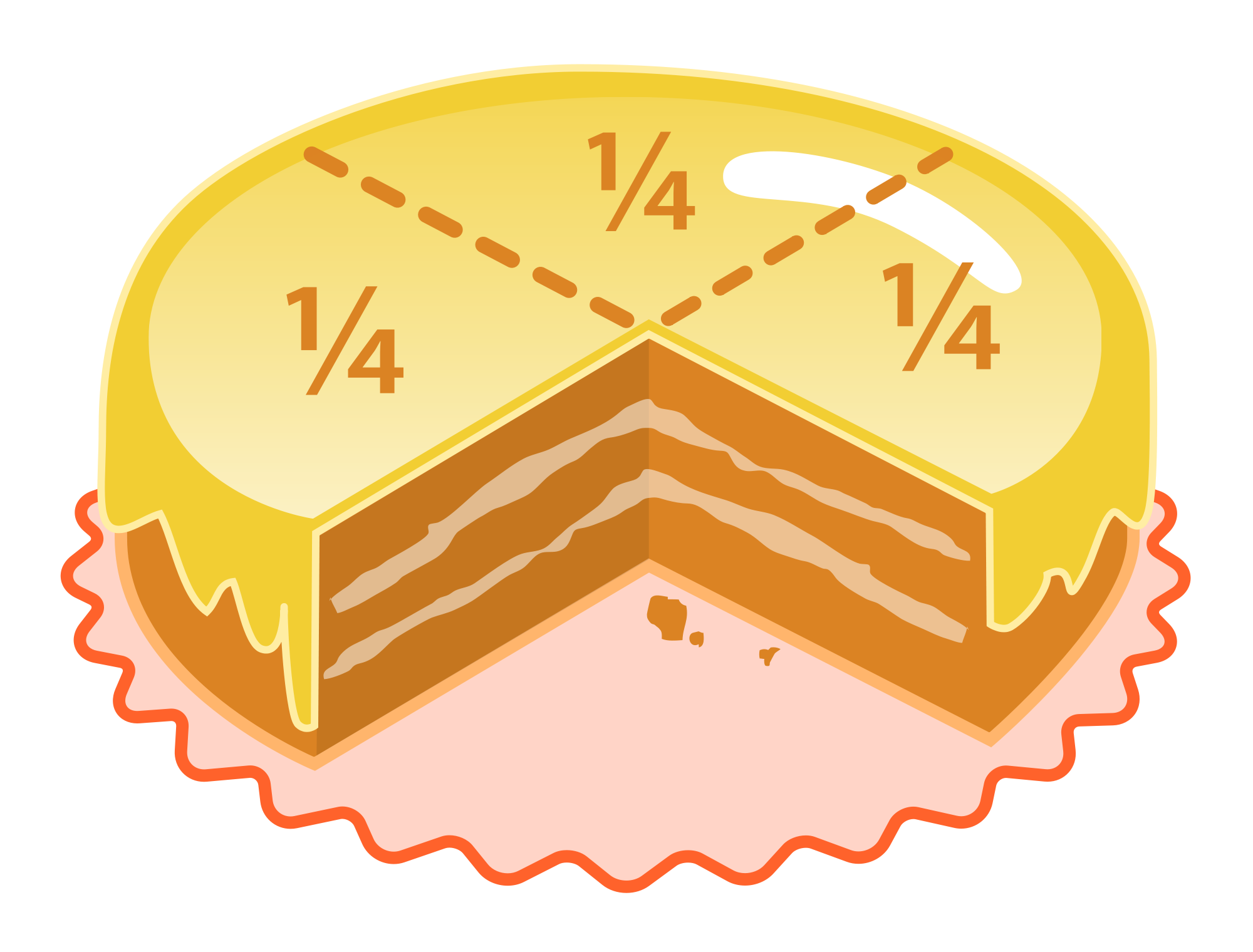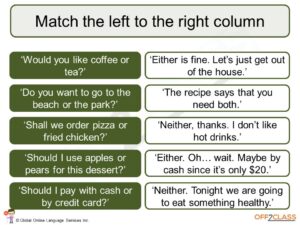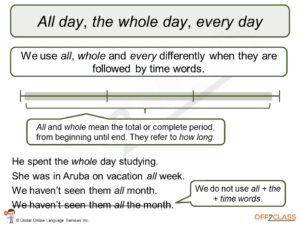5 min read
Share this post

When you teach quantifiers and determiners it is generally rewarding because it makes students feel as though they are leaving behind those annoying ‘Tarzan-like’ qualities of their English and gaining further naturalness. While some determiners, like the definite article, take a long time to master, others such as every and each acquire the simple application of a couple of rules to use without much hesitation.
To teach quantifiers and determiners you must be ready to demonstrate the difference between a noun and a noun phrase. Additionally you’ll need to be able to show the difference between the general and specific use of a noun, and of course, you’ll need to be prepared to concept-check uncountable and countable nouns. These are areas that require constant reinforcement as students progress, so make sure that you’re prepared to address them.
N16.1 – A-lot-of-Many-Much – 1
These aren’t difficult to master, though students sometimes need a little assistance to use much correctly. When teaching a lot of, many and much, ensure that your students are thinking about countable and uncountable nouns, and even how some nouns can be both, depending on the situation.
N16.2 – Much-Many-Few-Little-A-lot-Plenty – 2
This lesson expands on the quantifiers from the previous lesson. Plenty of, little, few, a little and a few are introduced, and students are encouraged to make their own sentences to try out their expanded range of quantifiers.


N16.3 – Both-Either-Neither – 3
We’ve added plenty of notes for teachers here, as the uses of both, either and neither can be a little problematic for educators too. In the lesson we explore the most common uses of the words, including their use as pronouns. We also look at the preference for some structures over others in spoken English.


N16.4 – All-All-of-Most-Most-of-Some-Some-of – 4
This lesson introduces all and half, and the use of the particle of after a quantifier when it precede a noun phrases fronted by a determiner. It’s a very helpful lesson to provide students practice with some of the language’s most commonly used structures.
N16.5 – All-Every-Whole – 5
All, every, and whole can be an entertaining lesson, for teachers as well as students. These determiners are all used in specific circumstances, and English speakers show a natural preference for one over the others… a great opportunity to learn the rules a little better while teaching them to your students!


N16.6 – Each-Each-one-of-Every-Every-one-of – 6
The difference between each and every is not always clear. And of course, there are specific uses of each and every when used with time words. On top of that, the position of each can ‘float’ across a sentence. This can really provide a challenge for students. This lesson serves as a great introduction for students to each and every in their most common constructions.
Share this post



4 Comments
Which is correct?
I don’t like apples. Me either
OR
I don’t like apples. Me neither.
Obviously the answer could be Neither do I , but I’m curious which of the above is correct.
Thank you.
Hi,
Thanks for your questions. However, there are specific blogs where users love to discuss what is grammatically correct and and what isn’t.
At Off2Class we focus on English as it is used by native speakers – and try to impart that to ESL students.
So I can offer a partial response. Me neither and me either are both used by native speakers in certain circumstances. As to their correctness, I would suggest looking at other sites that devote their expertise to these kinds of questions. Our job is to show the language how it is used, not how grammarians prescribe it.
Best wishes,
James
When native speakers talk, both are correct.
However, grammatically speaking, “me neither” is the correct answer.
So, native speakers confuse the two and use both. However, “me either” is grammatically incorrect.
I learned that we, native speakers, make too many grammatical errors. That is one reason to have English as a subject in high school and College.